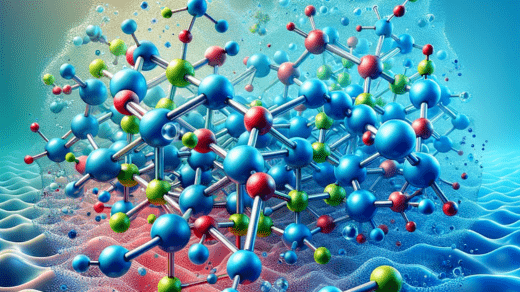Precious metals are valuable metallic elements that have been highly prized throughout human history for their beauty and rarity. Nevertheless, precious metal extraction has created a significant dent in Earth’s natural resources. Precious metal recovery has become a saviour in such a scenario.
It holds vital importance as it conserves finite natural resources and reduces environmental impact by limiting the need for new mining. Precious metal recovery also plays a crucial role in curbing electronic waste and ensuring the responsible utilisation of these valuable materials. This is also why, it aligns with the principles of environmental protection and resource conservation.
However, certain elements fall into the category of difficult material when it comes to precious metal recovery. If you wish to know what materials those are, keep reading.
Difficult Material In Precious Metal Recovery Process
The difficult materials in the precious metal recovery process contain various substances due to their unique characteristics or composition. These materials include:
1. Homogeneous Catalysts
Homogeneous catalysts contain precious metals. They are challenging to recover due to their intricate chemical structure, which requires specialised techniques for efficient extraction.
2. Insoluble Precious Metals
Precious metals that are insoluble in typical solvents pose a significant challenge in recovery processes. Separating these metals from matrices or substrates can be complex and may demand unconventional approaches.
3. Precious Metal Coating
Materials with precious metal coatings, such as electronic components, can be challenging to recover. It is so, because of the need for precise methods to separate the thin precious metal layers from the substrate.
4. Low Concentration Precious Metal Catalysts
Heterogeneous or homogeneous catalysts containing low concentrations of precious metals are difficult to recover economically. These catalysts require specialised processes to concentrate and reclaim the precious metals effectively.
Other Difficulties in the precious metal recovery process
There are multiple difficulties faced in the precious metal recovery process. They are due to:
1. Complex Composition of Materials
The very first hurdle in the precious metal recovery process lies in the complex composition of the materials themselves:
a. Diverse Metals and Alloys
Precious metal recovery comes with the complexity of handling a variety of precious metals and their alloys. For example, gold and platinum are often found mixed with other metals like copper or silver. Separating these metals efficiently is intricate, as each alloy may demand specific techniques because of differences in their properties. These differences can be melting points and densities.
b. Impurity Challenges
Raw materials used in precious metal recovery contain impurities like oxides and sulfides. These impurities originate from sources like oxygen and sulfur. Thus, they require distinct treatment methods compared to pure metals. Moreover, the presence of trace elements like arsenic and bismuth necessitates careful handling due to potential toxicity.
2. Physical Characteristics of Materials
Here’s how the physical characteristics of materials affect the precious metal recovery process:
a. High Melting Points of Certain Precious Metals
Some precious metals, such as platinum and rhodium, possess extraordinarily high melting points. This characteristic necessitates specialised equipment and techniques for their extraction. High-temperature furnaces and advanced thermal processes are often employed to overcome this obstacle. Furthermore, heterogeneous catalysts like alumina and zeolites are also used to facilitate reactions at lower temperatures. This aids in the separation of these metals.
b. Brittle Nature of Some Materials
Another physical challenge arises from the brittle nature of certain materials. These materials tend to fracture during processing. This makes it difficult to extract the precious metals they contain. However, innovative approaches involving the use of solvents or low-impact mechanical methods are employed to minimise damage and maximise recovery rates.

